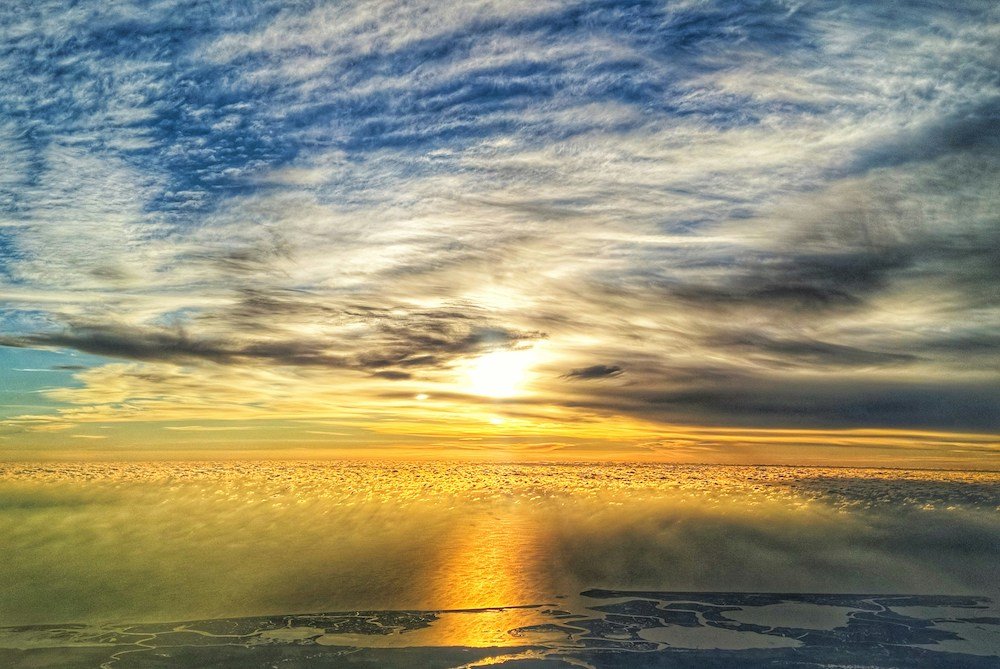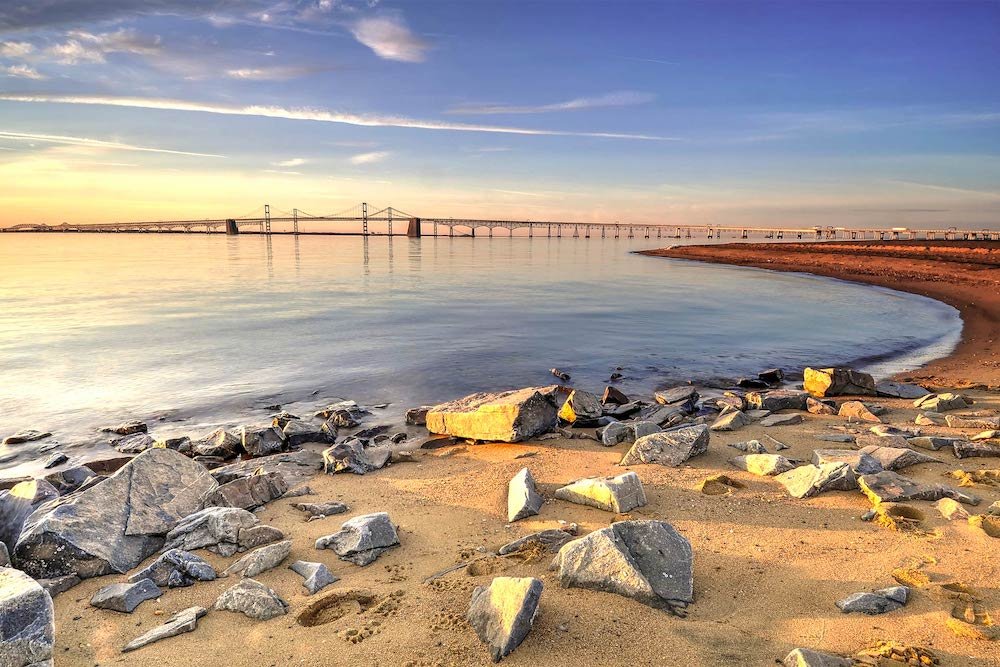
Chesapeake Bay Islands stand as emblematic treasures within the expansive waters of the Chesapeake Bay.
Their allure encompasses a rich tapestry of history, ecology, and recreational opportunities, drawing visitors from far and wide to explore their unique charm.
In this comprehensive guide, we embark on a journey to uncover the mysteries and wonders of these captivating islands, delving into their geography, significance, and the experiences they offer.
Nestled within the Mid-Atlantic region of the United States, the Chesapeake Bay stretches over 200 miles, extending from the Susquehanna River in the north to the Atlantic Ocean in the south.
Renowned for its picturesque landscapes and abundant biodiversity, the Chesapeake Bay serves as a vital lifeline for countless species of plants, animals, and humans alike.
At the heart of the Chesapeake Bay lie its islands, each playing a pivotal role in the ecological balance and cultural heritage of the region.
These islands serve as sanctuaries for wildlife, nesting grounds for migratory birds, and havens for countless species of flora and fauna.
Moreover, they embody the spirit of resilience, bearing witness to centuries of human interaction and environmental change.
The purpose of this guide is to illuminate the splendor of Chesapeake Bay Islands, offering readers a comprehensive understanding of their significance and allure.
Whether you are a seasoned explorer seeking new adventures or a nature enthusiast eager to uncover hidden gems, this guide serves as your compass, guiding you through the enchanting landscapes and rich history that define the Chesapeake Bay Islands.
Join us as we embark on an unforgettable odyssey through these storied isles, where every discovery unveils a new chapter in the tale of the Chesapeake Bay.
Geography and Geology of Chesapeake Bay Islands
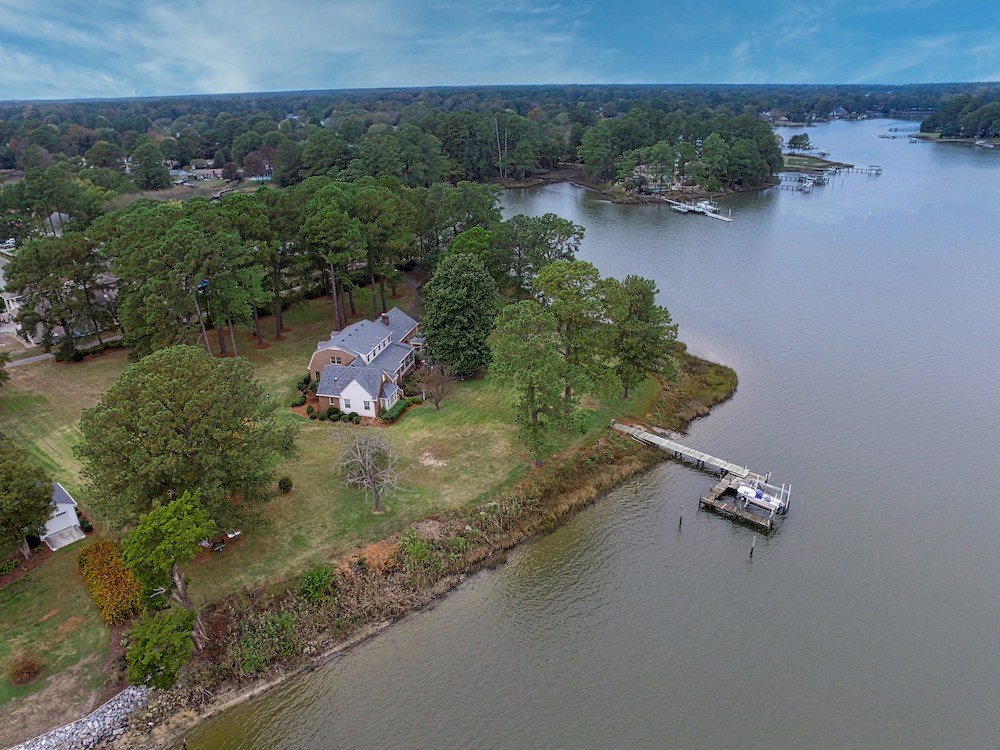
The Chesapeake Bay Islands boast a diverse array of geological formations and landscapes, shaped by millennia of natural processes and human interaction.
Understanding the geography and geology of these islands provides valuable insights into their formation and ecological significance.
The genesis of Chesapeake Bay Islands traces back to the last Ice Age, when retreating glaciers sculpted the landscape and reshaped the contours of the region.
As sea levels rose and fell over centuries, shallow waters and submerged landmasses gave rise to the mosaic of islands that dot the Chesapeake Bay today.
The interplay of geological forces, including erosion, sedimentation, and tectonic activity, continues to shape the evolving identity of these islands.
The Chesapeake Bay Islands exhibit a remarkable variety of geological features, ranging from sandy beaches and marshy wetlands to rocky cliffs and tidal flats.
Each island harbors a distinct geological footprint, shaped by its unique history and environmental conditions.
Erosion and weathering have sculpted dramatic coastal bluffs and sea caves, while sediment deposition has formed expansive dunes and barrier islands along the bay’s shores.
The landscapes of Chesapeake Bay Islands are as diverse as they are captivating, offering visitors a tapestry of natural wonders to explore.
From the windswept shores of Assateague Island to the tranquil marshes of Smith Island, each island beckons with its own blend of scenic beauty and ecological richness.
Wetlands teeming with birdlife, forests alive with the sounds of wildlife, and pristine beaches stretching into the horizon — the Chesapeake Bay Islands epitomize the breathtaking diversity of the Mid-Atlantic landscape.
Major Chesapeake Bay Islands
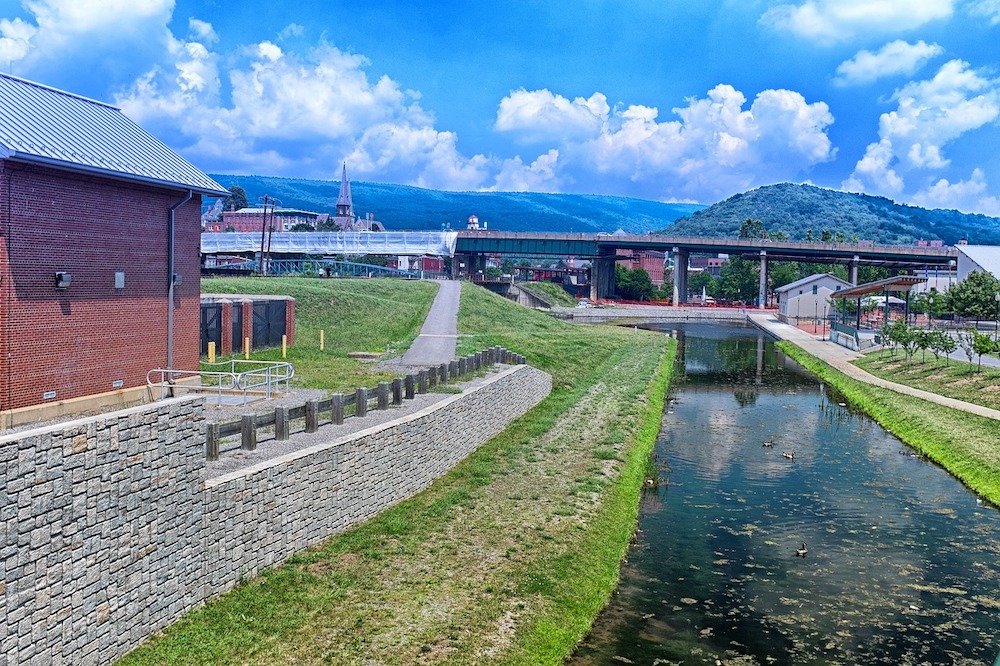
The Chesapeake Bay is home to several major islands, each with its own distinct character, history, and ecological significance.
From the quaint fishing communities of Smith Island to the untamed wilderness of Assateague Island, these islands beckon travelers to explore their timeless allure.
3. Smith Island
- History and Culture: Smith Island bears witness to centuries of maritime history and Chesapeake Bay tradition. Founded by English settlers in the 17th century, the island’s close-knit community has preserved its unique way of life, rooted in crabbing, fishing, and boat building.
- Attractions and Activities: Visitors to Smith Island can immerse themselves in its rich cultural heritage, exploring historic landmarks such as the Smith Island Cultural Center and the Ewell Methodist Church. Outdoor enthusiasts can also enjoy kayaking, birdwatching, and sampling the island’s famous Smith Island cake.
- Wildlife and Ecology: Smith Island is a haven for wildlife, boasting diverse habitats that support a variety of bird species, including herons, ospreys, and bald eagles. The island’s marshes and wetlands are vital breeding grounds for blue crabs, oysters, and other marine life, making it a cornerstone of Chesapeake Bay ecology.
2. Tangier Island
- Historical Significance: Tangier Island has long been a bastion of Chesapeake Bay culture, with roots dating back to the 17th century. Originally settled by English colonists, the island’s isolation and close-knit community have preserved its distinctive way of life.
- Unique Culture and Dialect: Tangier Island is renowned for its unique dialect, a blend of Elizabethan English and maritime vernacular. Visitors can explore the island’s charming streets, lined with Victorian homes and historic landmarks such as the Tangier History Museum.
- Tourism and Recreational Opportunities: Tangier Island offers a wealth of recreational opportunities, from boating and fishing to crabbing and kayaking. Visitors can also indulge in fresh seafood at local restaurants, savoring the flavors of the Chesapeake Bay.
3. Assateague Island
- Barrier Island Ecosystem: Assateague Island is celebrated for its pristine beaches, dynamic dunes, and diverse coastal habitats. As a barrier island, it serves as a natural buffer against coastal storms and erosion, while providing vital habitat for migratory birds and marine life.
- Assateague Island National Seashore: Designated as a National Seashore in 1965, Assateague Island offers visitors unparalleled opportunities for outdoor recreation and exploration. From swimming and surfing to hiking and camping, the island’s protected landscapes invite visitors to connect with nature.
- Wild Ponies and Wildlife: Perhaps most famously, Assateague Island is home to a population of wild ponies, whose origins remain shrouded in mystery. These iconic equines roam freely across the island, embodying the spirit of wildness and resilience that defines Assateague’s natural beauty.
Lesser-Known Chesapeake Bay Islands

While the major Chesapeake Bay Islands often take the spotlight, several lesser-known islands dot the bay, each with its own unique story and significance.
From environmental restoration projects to remnants of bygone eras, these hidden gems offer a glimpse into the diverse tapestry of the Chesapeake Bay.
1. Poplar Island
- Environmental Restoration Project: Poplar Island stands as a testament to the power of restoration and renewal. Once ravaged by erosion and habitat loss, the island underwent a remarkable transformation through a comprehensive restoration effort led by federal and state agencies. Today, Poplar Island serves as a model for ecosystem restoration, showcasing the potential for collaboration and innovation in environmental stewardship.
- Wildlife Habitat: The restored habitats of Poplar Island provide vital refuge for a variety of wildlife, including migratory birds, waterfowl, and nesting turtles. Visitors can witness the island’s ecological resurgence firsthand, observing thriving marshlands, vibrant wetlands, and bustling bird colonies.
2. Holland Island
- History and Decline: Holland Island bears silent testimony to the passage of time and the relentless forces of nature. Once a thriving community of watermen and farmers, the island has since succumbed to the ravages of erosion and sea-level rise. Abandoned homes and crumbling structures stand as haunting reminders of Holland Island’s storied past, offering glimpses into a bygone era.
- Erosion and Environmental Changes: The erosion of Holland Island serves as a stark reminder of the fragile balance between land and sea. Rising sea levels and shifting currents have accelerated the island’s demise, hastening the disappearance of its once-vibrant communities. As Holland Island continues to vanish beneath the waves, it serves as a sobering symbol of the environmental challenges facing the Chesapeake Bay.
3. Bloodsworth Island
- Military History: Bloodsworth Island occupies a unique place in Chesapeake Bay history, serving as a strategic military installation during World War II. Named after Lieutenant Colonel John Bloodsworth, the island played a crucial role in the defense of the bay, housing anti-aircraft batteries and radar installations.
- Wildlife Refuge: Today, Bloodsworth Island has been reclaimed by nature, transformed into a haven for wildlife and conservation. Designated as a wildlife refuge, the island supports diverse habitats, including marshes, forests, and tidal flats. Visitors can explore its pristine landscapes, observing rare bird species, migratory waterfowl, and other native wildlife.
Outdoor Activities and Recreation

The Chesapeake Bay Islands offer a playground for outdoor enthusiasts, with a myriad of activities and recreational opportunities to suit every interest and skill level.
Whether you seek adventure on the water or tranquility on the shore, these islands beckon with endless possibilities for exploration and discovery.
Kayaking and Canoeing
Exploring the waters surrounding Chesapeake Bay Islands by kayak or canoe is an immersive experience like no other.
Paddle through winding marsh channels, glide past towering cliffs, and navigate pristine estuaries teeming with wildlife.
Guided tours and rentals are available for adventurers of all ages and abilities, providing the perfect opportunity to explore hidden coves, secluded beaches, and scenic waterways.
Birdwatching and Wildlife Photography
Chesapeake Bay Islands are a paradise for birdwatchers and wildlife photographers, boasting an astonishing diversity of avian species and natural habitats.
From majestic bald eagles soaring overhead to graceful herons wading through marshes, the islands offer endless opportunities to observe and capture the beauty of nature up close.
Binoculars, cameras, and field guides are essential companions for exploring the island’s secluded trails, observation decks, and bird blinds.
Fishing and Crabbing
For anglers and seafood enthusiasts, Chesapeake Bay Islands are a veritable paradise, offering some of the finest fishing and crabbing opportunities on the East Coast.
Cast a line from the shoreline or charter a boat for deep-sea excursions in search of trophy-sized rockfish, flounder, and blue crabs.
Whether you prefer surf fishing along pristine beaches or dropping pots in sheltered bays, the bounty of the bay awaits.
Camping and Hiking
Immerse yourself in the natural beauty of Chesapeake Bay Islands with a camping and hiking adventure under the stars.
Pitch a tent at one of the island’s scenic campgrounds and fall asleep to the soothing sounds of lapping waves and rustling marsh grasses.
Explore miles of hiking trails that wind through pristine forests, meander along rugged coastlines, and lead to panoramic vistas overlooking the bay.
Whether you’re embarking on a day hike or a multi-day trek, the islands offer endless opportunities to connect with nature and rejuvenate the soul.
Conservation Efforts and Environmental Issues

As guardians of the Chesapeake Bay Islands, conservationists and environmentalists work tirelessly to preserve these fragile ecosystems and protect them for future generations.
Despite their natural beauty, the islands face a myriad of environmental challenges that threaten their health and resilience.
Understanding these issues and supporting conservation efforts is vital to ensuring the long-term sustainability of the Chesapeake Bay ecosystem.
Chesapeake Bay Foundation Initiatives
The Chesapeake Bay Foundation (CBF) stands at the forefront of conservation efforts in the region, leading initiatives to restore water quality, conserve critical habitats, and advocate for environmental policies that benefit the bay and its islands.
Through grassroots advocacy, community engagement, and scientific research, the CBF works to address the root causes of pollution, habitat loss, and climate change, promoting a healthy and vibrant Chesapeake Bay ecosystem for generations to come.
Erosion and Sea-Level Rise
Erosion and sea-level rise pose significant threats to the stability and resilience of Chesapeake Bay Islands.
Rising sea levels, exacerbated by climate change, accelerate the erosion of coastal shorelines, inundate low-lying habitats, and threaten the integrity of critical infrastructure.
Coastal communities and island ecosystems alike are vulnerable to the impacts of sea-level rise, highlighting the urgent need for adaptation strategies, shoreline protection measures, and sustainable land-use practices.
Pollution and Water Quality
Pollution and water quality remain pressing concerns for the Chesapeake Bay ecosystem, as nutrient runoff, sedimentation, and chemical contaminants degrade water quality and impair aquatic habitats.
Excess nutrients from agricultural runoff, urban development, and wastewater treatment facilities fuel harmful algal blooms, deplete oxygen levels, and disrupt the delicate balance of bay ecosystems.
Efforts to reduce nutrient pollution, implement green infrastructure, and promote sustainable farming practices are essential to safeguarding the health and vitality of the Chesapeake Bay and its islands.
Practical Information for Visitors

Planning a trip to Chesapeake Bay Islands requires careful consideration of logistical details, accommodations, and safety precautions to ensure a memorable and enjoyable experience.
From transportation options to seasonal considerations, here’s everything you need to know before embarking on your island adventure.
Getting to Chesapeake Bay Islands
Accessing Chesapeake Bay Islands typically involves a combination of car travel, boat transportation, and ferry services.
Major islands such as Smith Island, Tangier Island, and Assateague Island offer ferry services from mainland ports, with schedules varying by season and weather conditions.
Visitors should check ferry schedules in advance and make reservations when possible to secure passage to their desired destination.
Accommodation Options
Accommodation options on Chesapeake Bay Islands range from quaint bed-and-breakfasts and historic inns to rustic campgrounds and vacation rentals.
Many islands offer a variety of lodging options to suit every budget and preference, including waterfront cottages, beachfront campsites, and cozy guesthouses.
Advance reservations are recommended, especially during peak travel seasons, to ensure availability and secure accommodations that meet your needs.
Best Times to Visit
The best time to visit Chesapeake Bay Islands depends on your interests and preferences, as each season offers unique opportunities for exploration and outdoor activities.
Spring and fall are ideal for birdwatching, wildlife photography, and outdoor recreation, with mild temperatures and fewer crowds.
Summer months are popular for beachgoers and water sports enthusiasts, while winter provides a peaceful retreat for those seeking solitude and serenity amidst the island’s tranquil landscapes.
Safety Tips and Regulations
When visiting Chesapeake Bay Islands, it’s important to prioritize safety and respect local regulations to ensure a safe and enjoyable experience for all.
Be mindful of weather conditions and tidal fluctuations, especially when engaging in water-based activities such as kayaking, boating, and swimming.
Follow posted signs and guidelines regarding wildlife interactions, beach access, and camping regulations.
Additionally, practice Leave No Trace principles to minimize your environmental impact and help preserve the natural beauty of the islands for future generations.
Conclusion
As we conclude our journey through the Chesapeake Bay Islands, we reflect on the captivating tapestry of history, ecology, and recreation that defines these cherished landscapes.
From the bustling communities of Smith Island to the untamed wilderness of Assateague, each island beckons with a story waiting to be explored.
Let’s summarize the key points, underscore the importance of preservation, and encourage a deeper connection to these natural wonders.
Throughout this comprehensive guide, we’ve delved into the geography and geology of Chesapeake Bay Islands, explored major and lesser-known islands, celebrated outdoor activities, and addressed conservation efforts and environmental challenges.
Practical information for visitors ensures a seamless and enjoyable exploration of these diverse and unique landscapes.
The Chesapeake Bay Islands are not just geographical entities; they are living ecosystems, cultural havens, and ecological treasures.
Preserving these islands is paramount to maintaining biodiversity, protecting fragile habitats, and upholding the cultural heritage embedded in their soil.
As climate change and environmental challenges intensify, the resilience of these islands becomes a critical measure of our commitment to stewardship and sustainable practices.
Our hope is that this guide inspires a sense of wonder and appreciation for the Chesapeake Bay Islands.
Venture beyond the familiar and explore the hidden corners of these isles, where each discovery adds a new layer to the narrative of the bay.
Engage with local communities, embrace the rhythms of nature, and savor the moments of tranquility offered by these enchanting landscapes.
Through exploration and appreciation, we become advocates for their preservation, ensuring that future generations can also revel in the timeless allure of the Chesapeake Bay Islands.
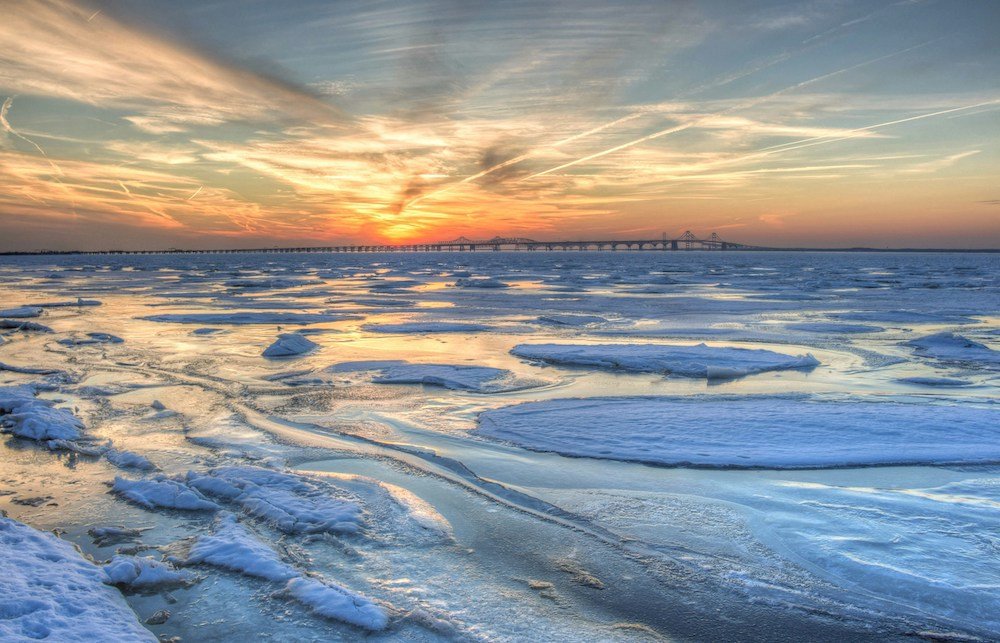
FAQ’s About the Chesapeake Bay Islands:
Are there any islands in the Chesapeake Bay?
Yes, there are numerous islands scattered throughout the Chesapeake Bay, ranging in size from small marshy islets to larger inhabited landmasses.
How many islands have disappeared in the Chesapeake Bay?
It’s difficult to provide an exact number, but erosion and rising sea levels have caused several islands in the Chesapeake Bay to disappear or dramatically decrease in size over the years.
What is the name of one inhabited island in the Chesapeake Bay?
One inhabited island in the Chesapeake Bay is Tangier Island, which is known for its unique culture, dialect, and close-knit community of watermen and fishermen.
What is the disappearing island in Chesapeake?
One of the notable disappearing islands in the Chesapeake Bay is Holland Island.
Once home to a thriving community, Holland Island has been largely abandoned due to erosion and rising sea levels.
Why is Chesapeake Bay famous?
Chesapeake Bay is famous for its rich biodiversity, scenic beauty, and cultural significance.
It is the largest estuary in the United States and serves as a critical habitat for countless species of plants, animals, and migratory birds.
Is New York part of the Chesapeake Bay?
No, New York is not part of the Chesapeake Bay.
The Chesapeake Bay primarily spans the states of Maryland and Virginia, along with smaller portions of Delaware and the District of Columbia.
What are 5 facts about the Chesapeake Bay?
- The Chesapeake Bay is the largest estuary in the United States.
- It spans over 200 miles in length and is home to more than 11,000 miles of shoreline.
- The bay is renowned for its blue crab and oyster populations, which support important commercial and recreational fisheries.
- The Chesapeake Bay watershed covers an area of more than 64,000 square miles, encompassing parts of six states and the District of Columbia.
- The bay has faced environmental challenges such as pollution, habitat loss, and overfishing, leading to concerted conservation efforts to restore its health and vitality.
Is New Jersey part of the Chesapeake Bay?
No, New Jersey is not part of the Chesapeake Bay.
The bay primarily encompasses regions of Maryland, Virginia, Delaware, and the District of Columbia.
Is the Chesapeake Bay fresh or saltwater?
The Chesapeake Bay is primarily a brackish water estuary, meaning it is a mix of fresh and saltwater.
The salinity levels in the bay vary depending on location, tidal influence, and freshwater inputs from rivers and streams flowing into the bay.
